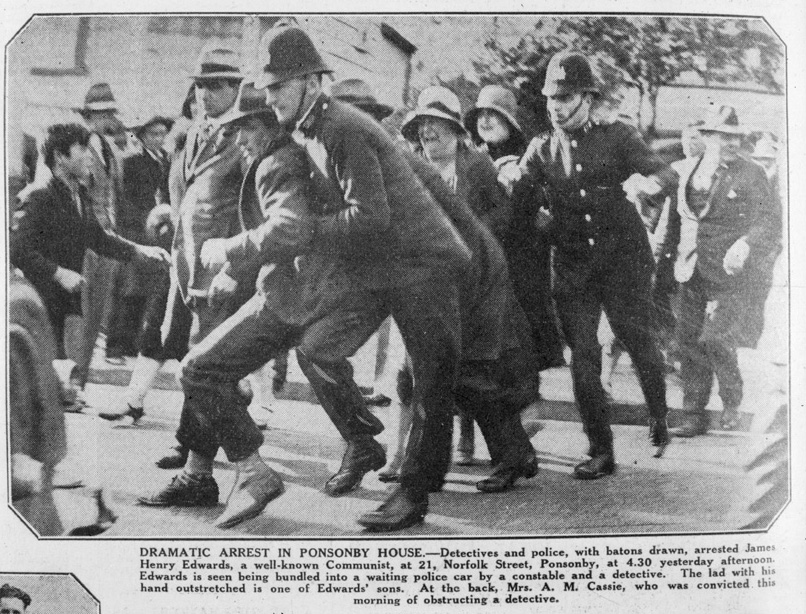He is New Zealand’s richest man and yet virtually no-one knows about him. Famously recluse and avoiding media attention, Graeme Hart is New Zealand’s most successful vulture capitalist. He is valued by Forbes magazine last year at $11.6 Billion. Beginning life as a high school dropout and working as a panel beater, Hart’s rags to riches story is upheld as the epitome of the Kiwi battler. But much of his wealth has come through debt financing and hostile takeovers at the cost of workers and the environment.
As Matt Nipert writes in a 2015 New Zealand Herald profile, it was in 1987 that Hart began his corporate empire with a small hire company, Carlton Party Hire under the holding company Rank group. To survive the 1987 crash, he sold off the hire business in order to keep the holding company debt –free. He then did his first deal which would epitomise his relationship with parliament and those in power. In 1989, He successfully bid for the Government Printing Office for $23 million which caused considerable controversy. The company was independently valued at $71 million and to add fuel to the fire, the payment for the deal was delayed by 5 months allowing Hart to pay for the business through its own profits, essentially acquiring the company without having to pay for it at all. Using this capital as a base he then continued expanding, into more stationery and paper companies, including large stationery chain Whitcoulls for $71 million (by using debt financing and bank loans). Whitcoulls also used this method of debt financing to secure other international chains and in doing so briefly became the 5th largest bookseller in the world.
Hart sold up his Whitcoulls enterprise and spent almost all of his money buying Australian food company Burns Philp. After doing a backroom deal to secure controlling shares of the company he then used yet more debt financing to swallow up the much larger company of Goodman Fielder (you might know them better by their food products – Freya’s, Edmonds, Uncle Toby’s and Tararua, most of which were sold off to inflate profit margins). He also acquired NZ Dairy Foods.
He then stripped the companies down through asset sales and layoffs to float for a good share price. NZ Dairy Foods was sold to Goodman Fielder to encourage buyers in the float of the IPO for $869 million. When he finally exited that industry in 2005, he had made $500 million on top of the $700 million capital he had in the business. The people who bought it despite heavy investment have been unable to return to the profit levels that the asset sales gave due to the heavy debt burden left as its legacy from Graeme Hart.
Since then Hart has “diversified his portfolio”. He began investing heavily in the Auckland property market. He also made a takeover bid and was successful in taking control of Carter Holt Harvey in 2006. This forestry giant then started its conversion from forest to Dairy farms as well as stripping its assets and offshoring most of the processing of raw logs. As Alastair Barry notes in his 2014 climate regulation documentary “Hot Air” that “the deforestation meant that New Zealand lost CO2 credits under Kyoto. This meant the New Zealand taxpayer would be liable for deforestation charges of $66 million, Graeme Hart stood to make over $200 million.”
“Leveraged buyout”, “Debt financing”, “restructuring” are all pleasant terms for what is really Vulture Capitalism. It is Capitalism at its most pure, most honest and most destructive. Attacking the ownership of a company when it hits trouble, whether it was caused by outside forces or your own dealings, buying it up for a song, stripping its most valuable assets for quick profit, “restructuring” or “streamlining” the workforce, laying off your workers, and then “leveraging” the profit you have just made to borrow for your next acquisition to repeat the process all over again. The companies struggle for years as shells of their former selves if they don’t collapse, and the people left on the bottom of the heap are not the shareholders, but the stakeholders. The workers who have been there for 10-15 years only to find they have been made redundant by a boss who stripped out their manufacturing line to make a quick buck.








